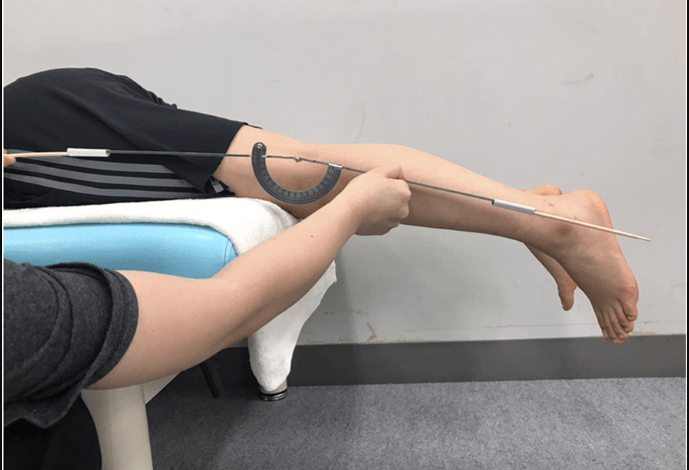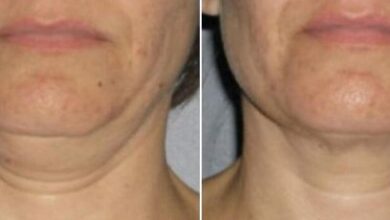Understanding Genu Recurvatum: Causes, Symptoms, and Treatment

In this article, we will delve into the condition known as “genus recurvatum,” characterized by hyperextension of the knee joint. Genu recurvatum, or “back knee,” can affect people of all ages, but it is more prevalent in certain demographics. Understanding the intricacies of this condition is crucial for its proper management and prevention. Let’s dive in.
What is Genu Recurvatum?
Genu recurvatum is a medical term used to describe an abnormal extension of the knee joint, causing the leg to bend backward beyond its normal range of motion.Develop over time due to various factors.
Causes of Genu Recurvatum
- Muscle Imbalance: One of the primary causes of genus recurvatum is an imbalance in the muscles surrounding the knee joint. Weak quadriceps and overactive hamstrings can lead to excessive knee extension.
- Joint laxity: Individuals with hypermobile or loose ligaments around the knee may be more susceptible to genu.
- Previous Injuries: Trauma or injuries to the knee joint can cause structural changes, leading to abnormal knee extension.
- Neuromuscular Conditions: Certain neuromuscular disorders, such as cerebral palsy, can result in the development of genu.
- Genetics: There may be a genetic predisposition to developing this condition, although further research is needed to understand the genetic links fully.
Identifying the Symptoms
The symptoms of genu can vary depending on the severity of the condition:
Mild Genu Recurvatum
- Hyperextension: The knee may extend slightly beyond the normal range of motion.
Moderate Genu Recurvatum
- Visible Deformity: The abnormal knee extension becomes more evident.
- Knee Pain: Discomfort and pain may be experienced, especially after physical activity.
Severe Genu Recurvatum
- Difficulty Walking: Severe cases can lead to difficulties in walking and performing daily activities.
- Instability: The knee joint may feel unstable, increasing the risk of falls.
Diagnosis
If someone experiences symptoms suggestive of recurvatum, a comprehensive evaluation is necessary. A medical professional will:
- Perform Physical Examination: Assess the range of motion in the knee joint and look for signs of instability.
- Review Medical History: Understand any past injuries or medical conditions that might contribute to the development of recurvatum.
- Imaging Tests: X-rays, MRIs, or CT scans may be ordered to visualize the knee joint’s alignment and detect any structural abnormalities.
Treatment Options
The treatment for genu aims to alleviate symptoms and improve the stability of the knee joint. The approach may include:
Physical Therapy
- Strengthening Exercises: Targeting the quadriceps and hamstrings can help restore balance to the muscles surrounding the knee.
- Flexibility Exercises: Stretching tight muscles can improve the knee’s range of motion.
Orthotic Devices
- Braces or Splints: These can provide support to the knee and limit excessive extension.
Assistive Devices
- Canes or Walkers: In severe cases, these devices can assist with walking and reduce the risk of falls.
Surgery
- Tendon Lengthening: In extreme cases, surgical procedures may be considered to address severe muscle imbalances. Read more…
Preventing Genu Recurvatum
While some causes of genuare beyond our control, certain preventive measures can be taken:
- Proper Warm-up: Engage in stretching and warm-up exercises injury.
- Strength Training: Regularly strengthen the muscles surrounding the knee joint to enhance stability.
Conclusion
Genu recurvatum is a condition that requires careful evaluation and management. Individuals affected by this condition can seek appropriate care and support. If you or someone you know experiences symptoms of genu, consult a healthcare professional for a thorough assessment.
FAQs
- Is recurvatum preventable?
- While not all cases are preventable, maintaining strong muscles around the knee joint and practicing proper warm-up techniques can reduce the risk.
- Can genus recurvatum occur in both knees?
- Yes, both knees can be affected, though it may vary in severity.
- What age group is more susceptible to recurvatum?
- Genu can affect individuals of all ages, but it is more commonly seen in older adults and athletes involved in high-impact sports.
- Can physical therapy alone correct recurvatum?
- In mild cases, physical therapy may be sufficient to improve symptoms. However, more severe cases might require additional interventions.
- How long does the recovery process take after surgery?
- The recovery time surgery.




